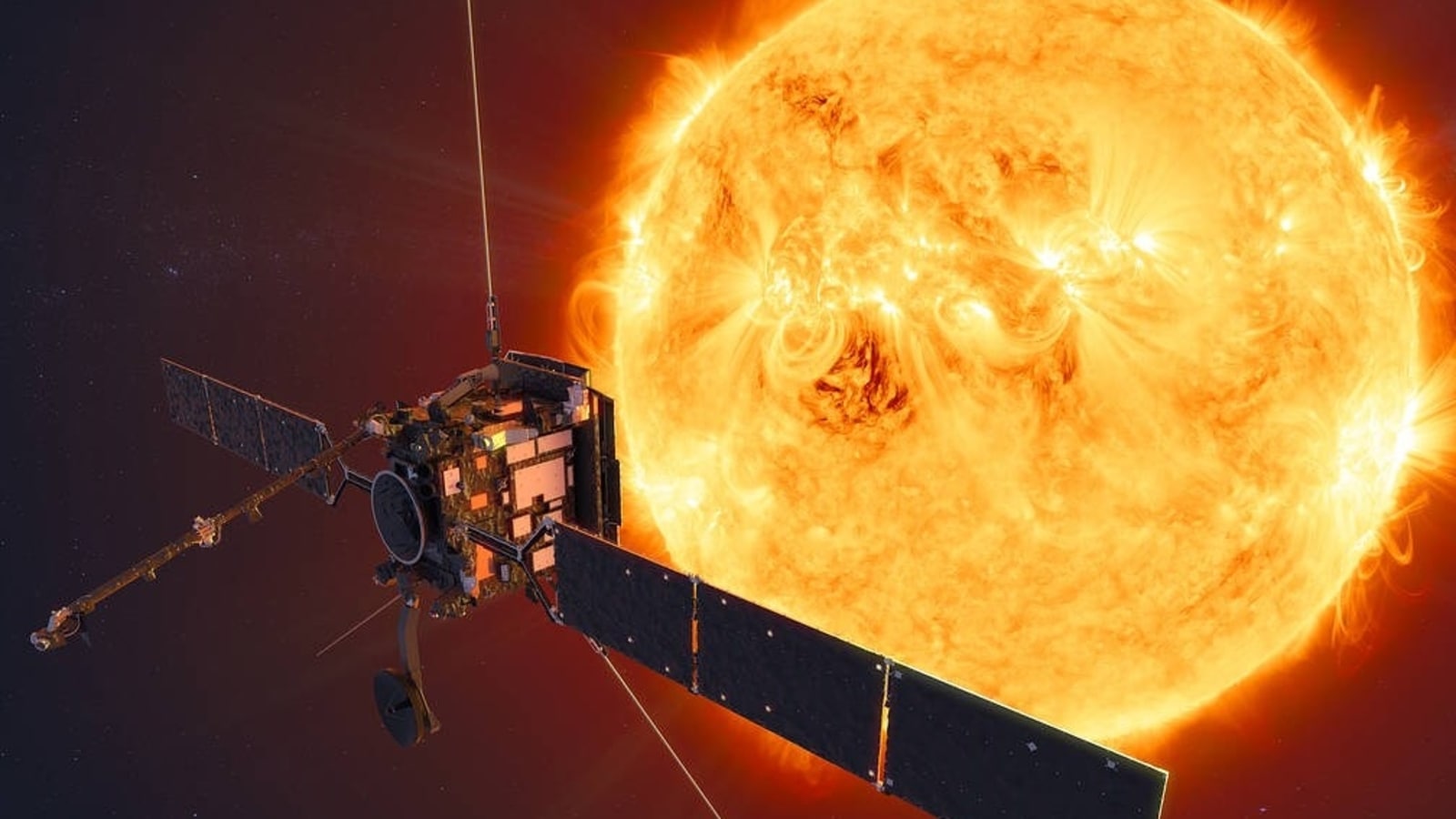Secrets of solar flares to be uncovered by China
The Advanced Space-based Solar Observatory (ASO-S) is the first ever solar observatory by China which is being sent on a mission to understand solar flares.






 View all Images
View all ImagesIt has become critical to understand the fiercely moody Sun better simply because it can shoot off explosive material towards Earth that may cause mass deaths and send humanity back to the Dark Ages. As we near the peak of the current solar cycle, the Earth is being exposed to increasingly intense solar storms. These solar storms are mostly a result of a solar eruption which throws huge amounts of solar particles, also known as coronal mass ejections, in space directed at the Earth. NASA and the European Space Agency (ESA) have sent their individual solar observatories in space — Solar Orbiter and Solar Dynamics Observatory — to study our star in depth. And now, joining them will be the first solar observatory by China which is called the Advanced Space-based Solar Observatory (ASO-S). ASO-S will exclusively be studying solar flares and try to understand why these eruptions happen on the Sun.
The ASO-S craft launched today, October 9, will be observing the Sun for at least next four to five years. China had earlier sent satellites with individual instruments to record a particular aspect of the Sun, but this will be its first ever observatory with a wide suite of instruments. The tech marvel cost China a whopping $126 million. The timing was chosen to coincide with the solar maximum, the peak of the solar cycle, with its mission time frame. The solar maximum is expected to reach sometime in 2023.
China's first solar observatory to reveal the secrets of solar flares
There are three instruments aboard the ASO-S that have really piqued the interest of the scientists. The first is a magnetograph which will be studying and observing the magnetic field of the Sun. Second is an X-ray imager which will be taking note of the high energy radiation released by electrons accelerated in solar flares eruptions. And finally, the third is a coronagraph which will study the plasma produced by solar flares and CME bursts.
These three instruments together give ASO-S a unique ability. According to Sarah Gibson, a solar physicist who spoke with Nature, this will enable the observatory to study the middle corona where these solar eruptions begin. This region has never been seen in the ultraviolet spectrum before and can give scientists an idea about the origin of solar flares and CMEs.
At the end of the initial commission period of ASO-S, which can last between four to six months, ASO-S data will be available for anyone wishing to access and collaborate with the Chinese scientists. Gibson believes collaborating with ESA's Solar Orbiter could help create comprehensive imagery of the Sun and its behavior as they provide different vantage points in solar observation.
Catch all the Latest Tech News, Mobile News, Laptop News, Gaming news, Wearables News , How To News, also keep up with us on Whatsapp channel,Twitter, Facebook, Google News, and Instagram. For our latest videos, subscribe to our YouTube channel.































